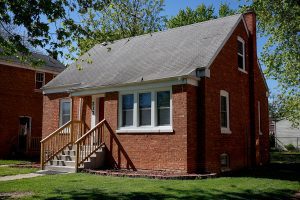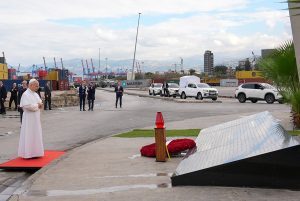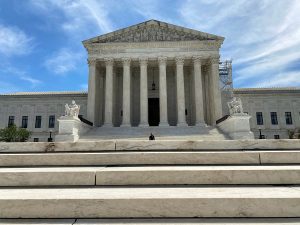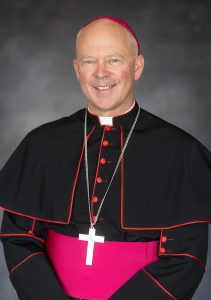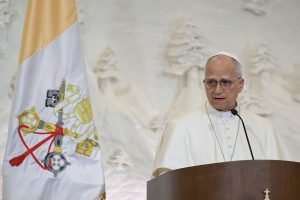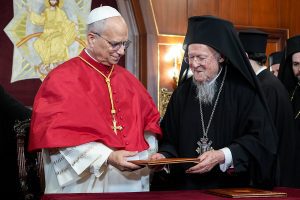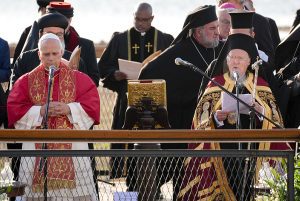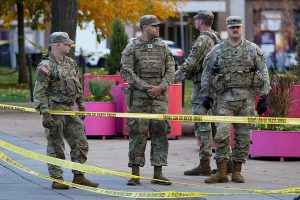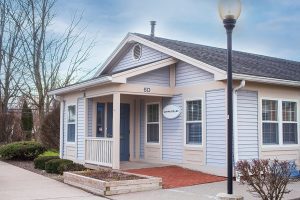CLARKS SUMMIT – The Diocese of Scranton is mourning the loss of a long-time employee. We remember Mary Jane Sheridan, who devoted more than three decades to the Diocese of Scranton – serving most recently as the Executive Assistant to the Most Rev. Joseph C. Bambera, Bishop of Scranton.
Please join us for praying for the repose of the soul of Mary Jane Sheridan, as well as for the love and support of her husband, Patrick, daughters Jennifer and Kristen, and her entire extended family.
Memorial contributions in honor of Mary Jane can be made directly online by clicking this link.
OBITUARY:
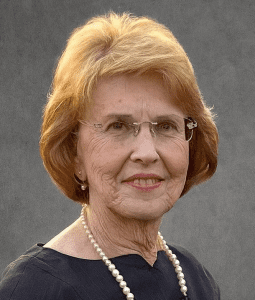
Mary Jane Sheridan, Clarks Summit, passed away peacefully on Friday afternoon at her home surrounded by her family. Her husband of 52 years is Patrick J. Sheridan.
Her greatest joy came from caring for her family, to whom she gave unwavering love, support, and guidance. She was a devoted mother, wife, sister, friend, and “Mimi” to her grandchildren.
Born March 12, 1951 in Scranton, Mary Jane was the daughter of the late James J. and Eleanor Huber Thomas. She was a graduate of Scranton Technical High School and went on to work for the Scranton School District for 10 years.
After spending years at home with her children, she joined the Diocese of Scranton for over 30 years, serving in the Office of Parish Ministries, Diocesan Schools Office, and culminating her career as the executive assistant to the Bishop of the Diocese of Scranton. She was a member of the Church of Saint Gregory, Clarks Summit, and formerly a member of St. Patrick’s Parish, West Scranton.
Also surviving are her daughters Jennifer Sheridan, Ed.D. and Kristen Sheridan Wozniak, FNP and her husband Ethan; her beloved grandchildren Ellia, Ryan, and Andrew Wozniak; her brothers James J. Thomas and his wife Carol, George T. Thomas and his wife Kathy, Patrick J. Thomas and his wife Gina, and sister Lori Thomas Wagner, as well as, several cherished nieces and nephews.
She was also preceded in death by her sister Eleanor M. Powell; her in-laws Charles J. and Mary T. Sheridan; brothers-in-law Thomas “TJ” Wagner and Joseph C. Sheridan.
Mary Jane’s family would like to express their heartfelt gratitude to the many talented, dedicated, and compassionate doctors, nurses, and health care professionals, who cared for her during her illness in Scranton and at Thomas Jefferson University Hospital, Philadelphia.
Mass of Christian Burial will be celebrated Thursday morning at 10 a.m. in the Church of Saint Gregory, 330 North Abington Rd. Clarks Summit with The Most Reverend Joseph C. Bambera, D.D., J.C.L., Bishop of the Diocese of Scranton serving as the principal celebrant.
Friends may call Wednesday from 4:00 to 7:00 p.m. in the Vanston and James Funeral Home, 1401 Ash St., Scranton.
All those attending the funeral are asked to go directly to The Church of St. Gregory on Thursday morning.
Interment, Cathedral Cemetery.
To share a memory, to express your condolences to the family or to view Mary Jane’s memorial slideshow please visit jamesfamilyfunerals.com
In lieu of flowers, the family asks that memorial offerings be directed to the Diocese of Scranton in thanksgiving for Mary Jane’s life. Memorial offerings should be forwarded to: Diocese of Scranton, Development Office, 300 Wyoming Avenue, Scranton, PA 18503.

